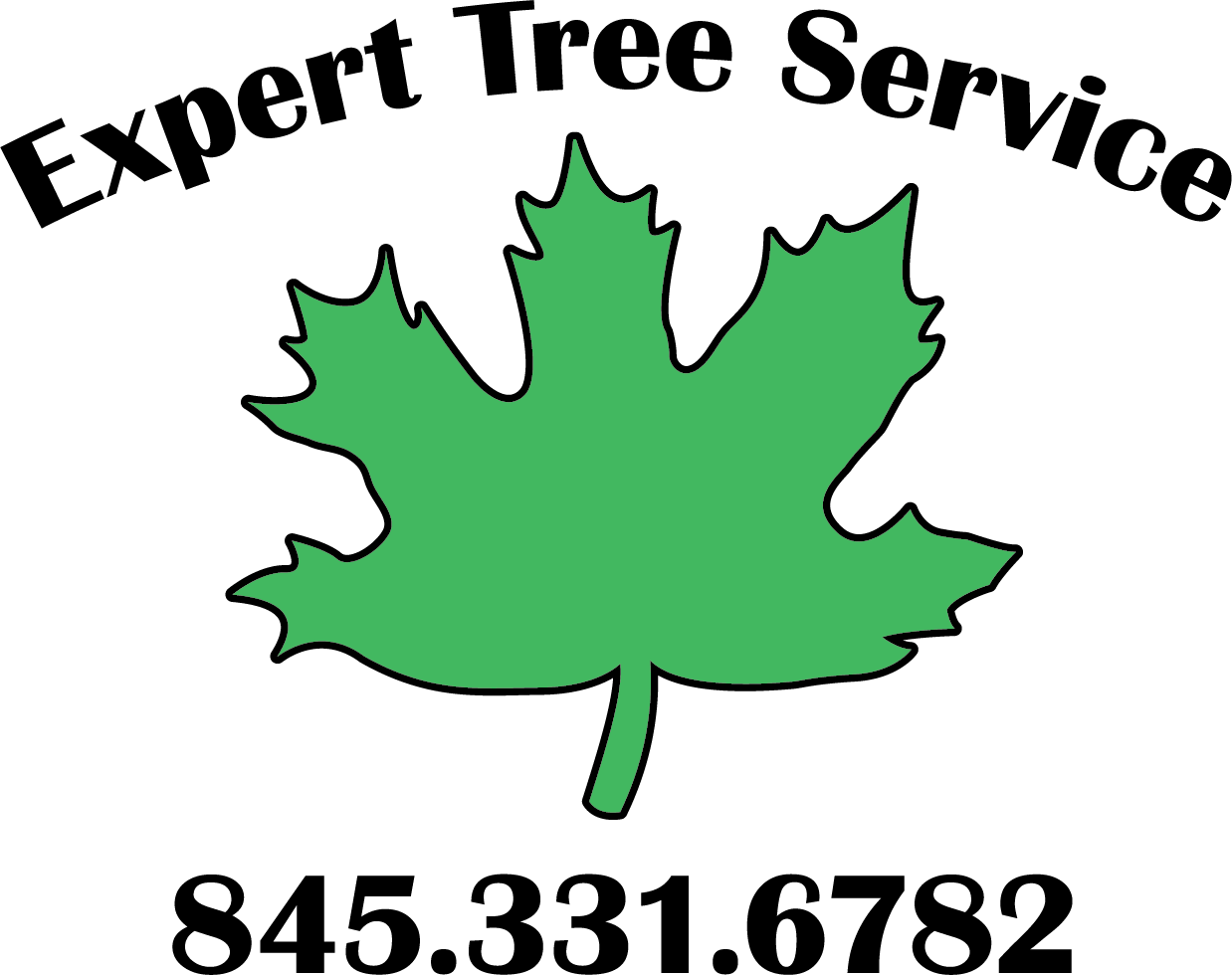As a Hudson Valley-based tree services company, we spend a lot of time on the road visiting different towns in places like Ulster County, Dutchess County, Columbia County and Greene County. We were pleased to learn that in 2013, the City of Beacon commissioned an inventory of all 855 of their street trees (within 10 feet of the road), across 1075 sites.
Some of the recommendations of the report included maintaining an up-to-date inventory of trees, making a plan to manage the trees (such as by cutting down dead trees, and cabling and trimming existing trees), maintaining diversity of the trees so they’re not vulnerable to certain pests and diseases, and being aware of existing and emerging threats to the tree population. These recommendations also line up well for Hudson Valley property owners concerned about their trees.
The following are the most common trees in Beacon, NY, and some of our insights about how to take care of them.
1. Red Maple (Acer Rubrum) – 106 Trees

A common tree across various Hudson Valley and Catskills municipalities, the Red Maple is renowned for having an iconic fall appearance. Regularly pruning will help to remove dead, diseased and crowded branches. Red maples have a shallow root system, so mulch regularly around the base to maintain soil moisture and keep the temperature regulated. These trees can do well with a range of soils, but it’s best to pair them with slightly acidic or neutral soils. They can fall prey to aphids or scales, and they can be hurt by diseases like anthracnose or verticillium wilt.
2. Norway Maple (Acer Plantanoides) – 70 Trees
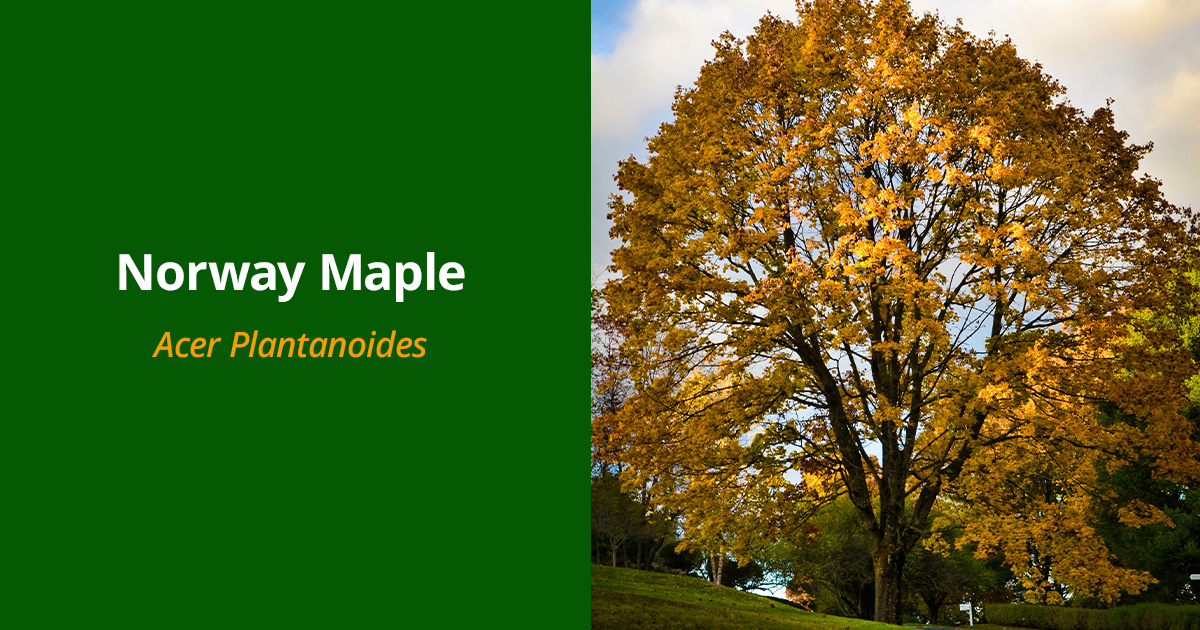
The very popular Norway Maple is the epitome of a low-maintenance tree, which makes it very popular for municipalities alongside roads and in public spaces. Mulching can help retain moisture and suppress weeds.
3. Callery Pear (Pyrus Calleryana) – 70 Trees
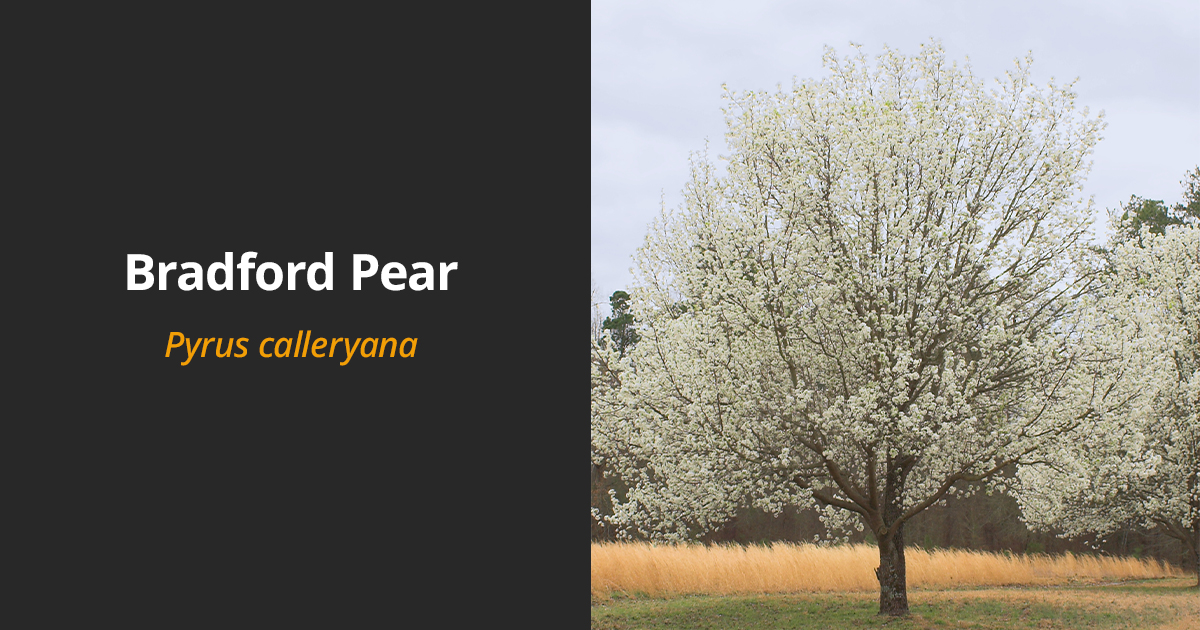
Calley Pear trees love the sun and can do well in a number of soil conditions. They are known for standing up to pollution and city-conditions, so they can survive in cities. They don’t have a very long lifespan, known to last up to only 30 years. Another attribute is that because they form such dense thickets, they may crowd out less hardy species nearby who are in competition for the same resources.
4. Honey Locust (Gleditsia Triacanthos) – 69 Trees

Honey Locusts are another popular tree around here, and they’re beloved for their beautiful foliage and ability to work with various soil and environmental factors. They are vulnerable to honeylocust plant bugs and spider mites, so regular inspections are a must. If you notice discoloration or premature leaf drop, your honey locust maybe in need of some tree care.
5. Little-Leaf Linden (Tilia Cordata) – 45 Trees
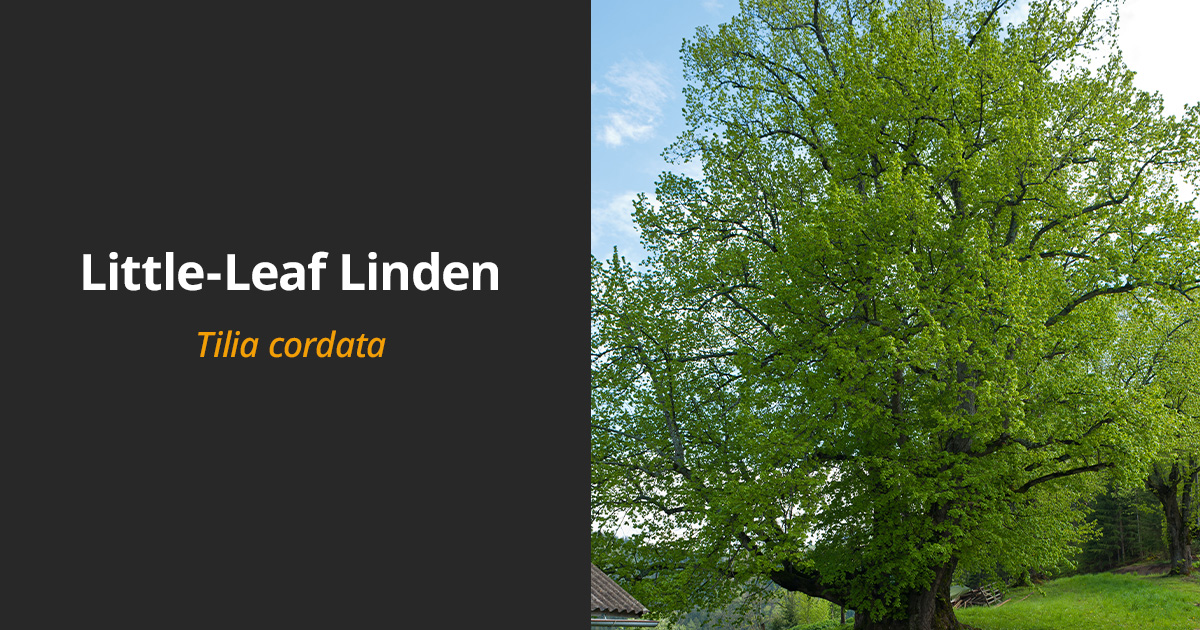
This tree is appreciated for its fresh flowers and thick canopy, which creates much-needed shade during the warm months. These trees can sometimes be targeted by aphids, who will excrete a substance called honeydew that leads to the development of sooty mold on the leaves. Once again, regular inspections are a must.
6. Zelkova – 43 Trees
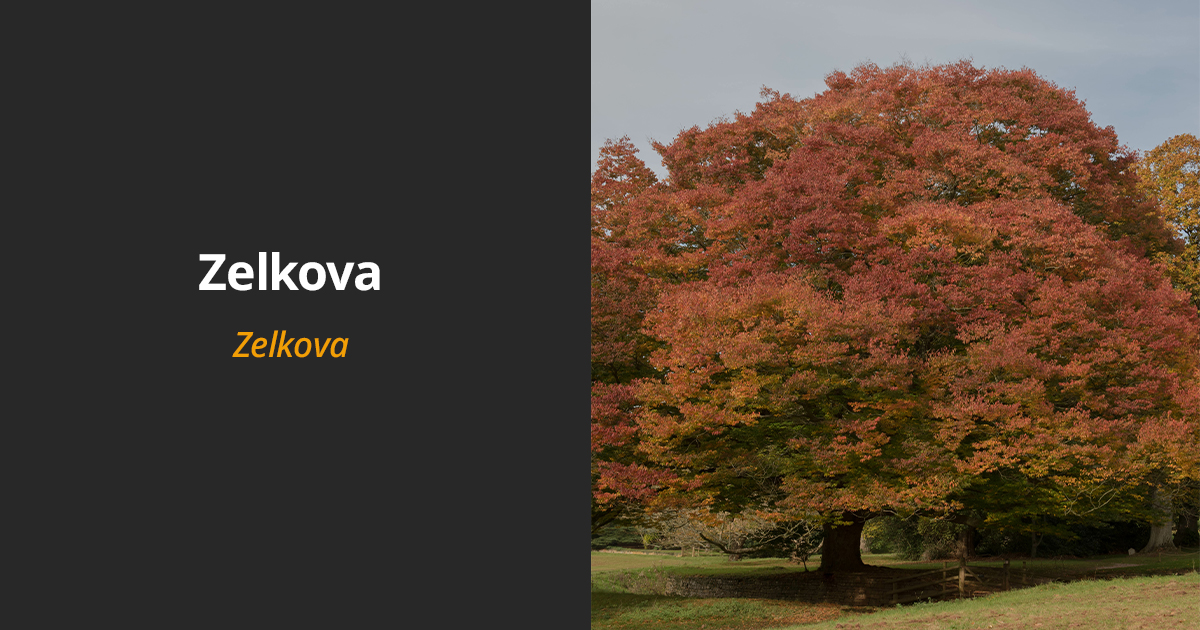
Also known as the Japanese Zelkova, these trees can sometimes reach 100 feet in height. They’re found in many urban environments in the Northeastern US. They do well with regular maintenance and pruning, and can handle different soils well. They can be susceptible to aphids and rot diseases, so be sure to inspect regularly.
7. Red Oak (Quercus Rubra) – 35 Trees
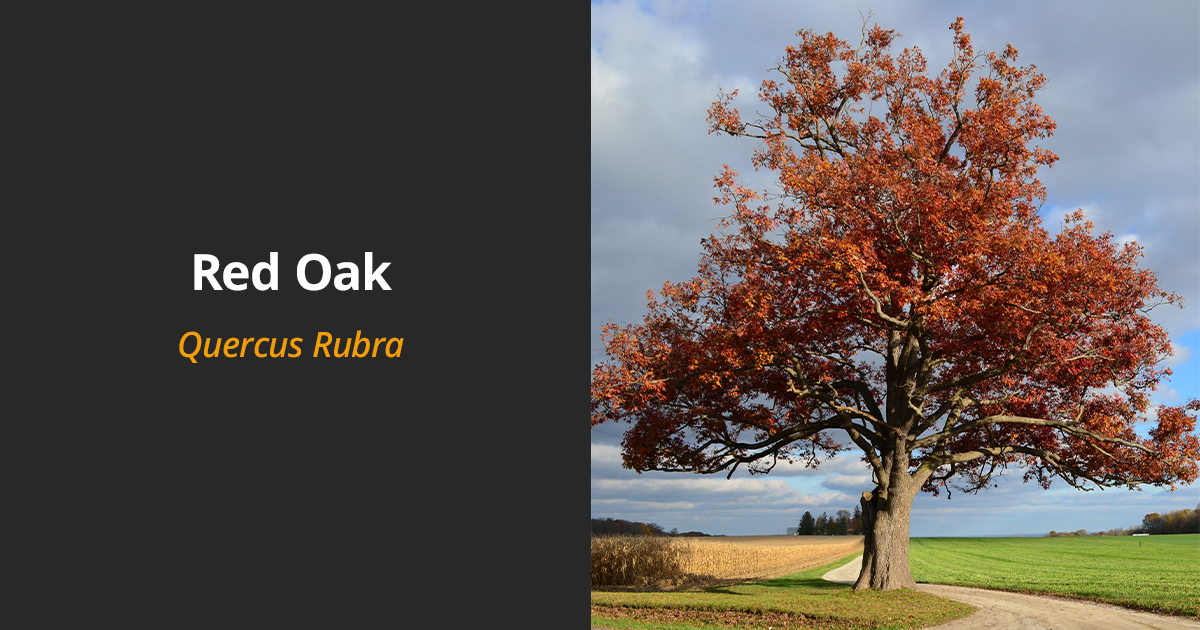
Red Oaks are fairly low maintenance once they get established. They do require regular pruning to avoid oak wilt disease.
8. Black Locust (Robinia Pseudoacacia) – 35 Trees
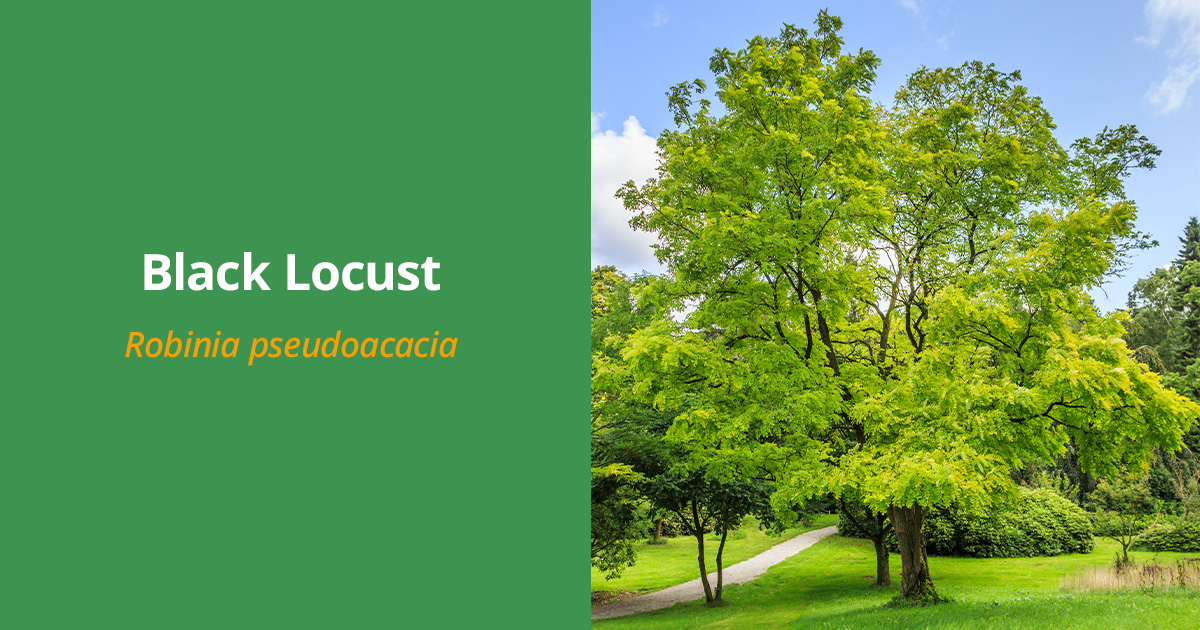
Black Locusts are known for being fast-growing and resilient, with rot-resistant wood and beautiful spring blossoms. They are vulnerable to the locust borer, a beetle that can significantly weaken its structure.
9. London Planetree (Platanus Acerifolia) – 33 Trees

London Planetrees are another tree that can thrive in city-like conditions. They like deep, well-draining soil the best, and thrive in full sun. It’s recommended to prune this tree down in the dormant season, which help it maintain its unique shape.
10. Black Tupelo (Nyssa Sylvatica) – 28 Trees
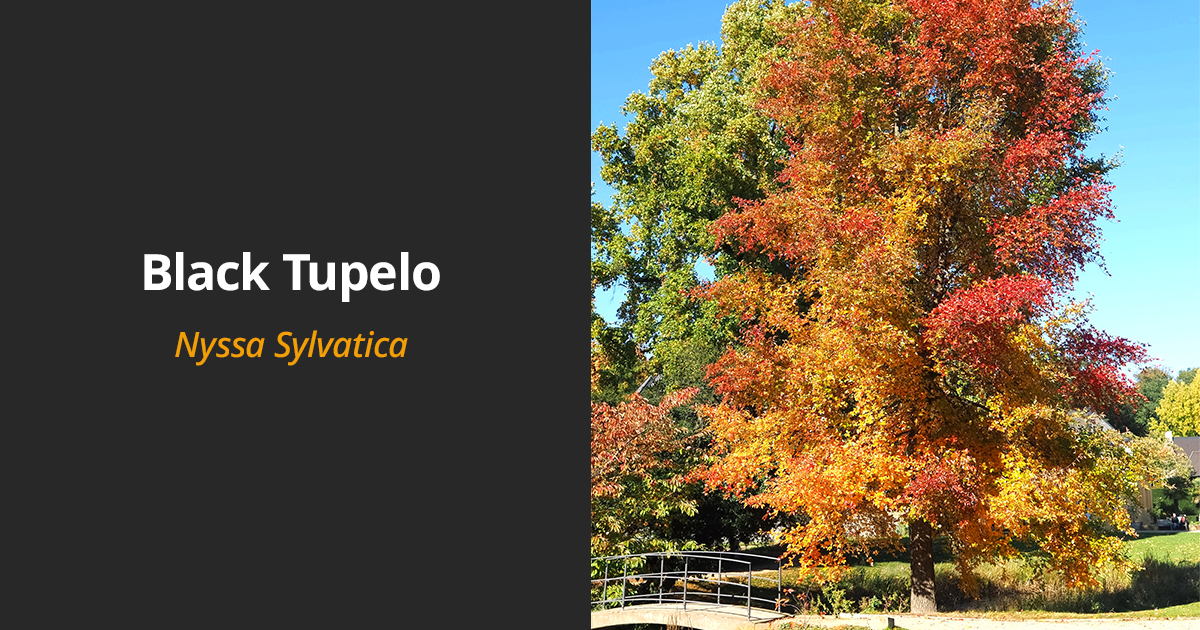
Also known as a black gum tree, this is an interesting one that grows very slowly, providing fruit to birds and other wildlife. It can grow up to 50 feet tall eventually, so they need some room to make it to their full potential. They require very little maintenance.
